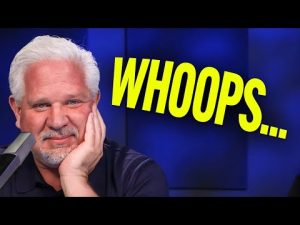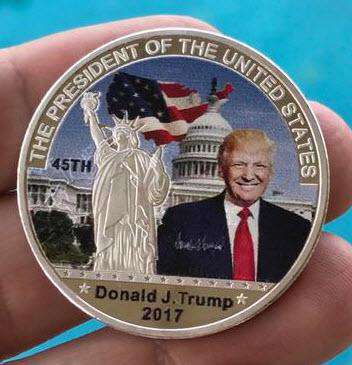In the ever-evolving drama of global politics, recent conversations surrounding President Trump and Ukraine have taken some interesting turns. The Wall Street Journal has been relentless in its criticism of Trump, accusing him of being too lenient towards Russia. They assert that he is giving away concessions without any real thought to the implications. Meanwhile, Senator JD Vance attempted to clarify Trump’s position, emphasizing a willingness to explore all options. However, the media twisted his words, claiming he was abandoning isolationism in favor of a more interventionist stance. This misrepresentation has left many conservatives scratching their heads in disbelief.
It’s essential to understand that both Trump and Vance have been trying to convey a balanced approach. They don’t want to be seen as hawks ready to send American troops into every little skirmish across the globe. At the same time, they aren’t completely retreating into an isolationist shell, either. In essence, they are advocating for sensible diplomatic strategies while ensuring American interests remain protected. The media’s portrayal of these explanations is more like a game of telephone gone awry, transforming careful words into alarmist rhetoric.
Critics of Trump and Vance gleefully align them with the outdated narrative that pits them as puppets of Vladimir Putin. This brings back memories of the infamous “Russian collusion” saga, a story that seemed like it would never fade away. It’s almost as if some in the media believe that branding Trump as a pro-Putin somehow diminishes his influence. In reality, it appears that they are struggling to accept that both men are calling for more pragmatism in a situation where idealistic interventions could lead to a world of hurt.
Meanwhile, Ukraine remains in a precarious position, facing the harsh realities of war. With millions of its citizens displaced, the situation demands a critical look from international leaders. Enter President Joe Biden, who critics argue has largely adopted a strategy that provides just enough military assistance to Ukraine to avoid a complete collapse but not enough to claim a decisive victory. Biden’s approach might be considered cautious, but many believe it lacks the urgency needed to truly affect change.
Interestingly, Ukrainian President Zelensky has suggested that Trump’s influence might be vital in bringing an end to the conflict. This statement raises eyebrows and begs the question: Where has Biden been during all this? It’s puzzling to think that Zelensky might see Trump, often demonized in the media, as a potential peace broker, while Biden has been criticized for his hesitant strategies. With Trump and Vance emphasizing discussions and negotiations rather than aggressive military action, perhaps there is hope for a resolution that balances both American interests and Ukraine’s sovereignty.
This ongoing saga serves as a lesson in communication—both political and media. The intricacies of diplomatic dialogue can easily be misconstrued, often with large ramifications. As politicians like JD Vance navigate through hostile interviews, they showcase the need for clarity and decisive messaging. However, with the media often eager to spin narratives in ways that serve specific agendas, it pushes the narrative further from reality. The takeaway here is that clear dialogue, mutual understanding, and maybe a dash of humor could be just what is needed to diffuse tensions and find a path to peace.







